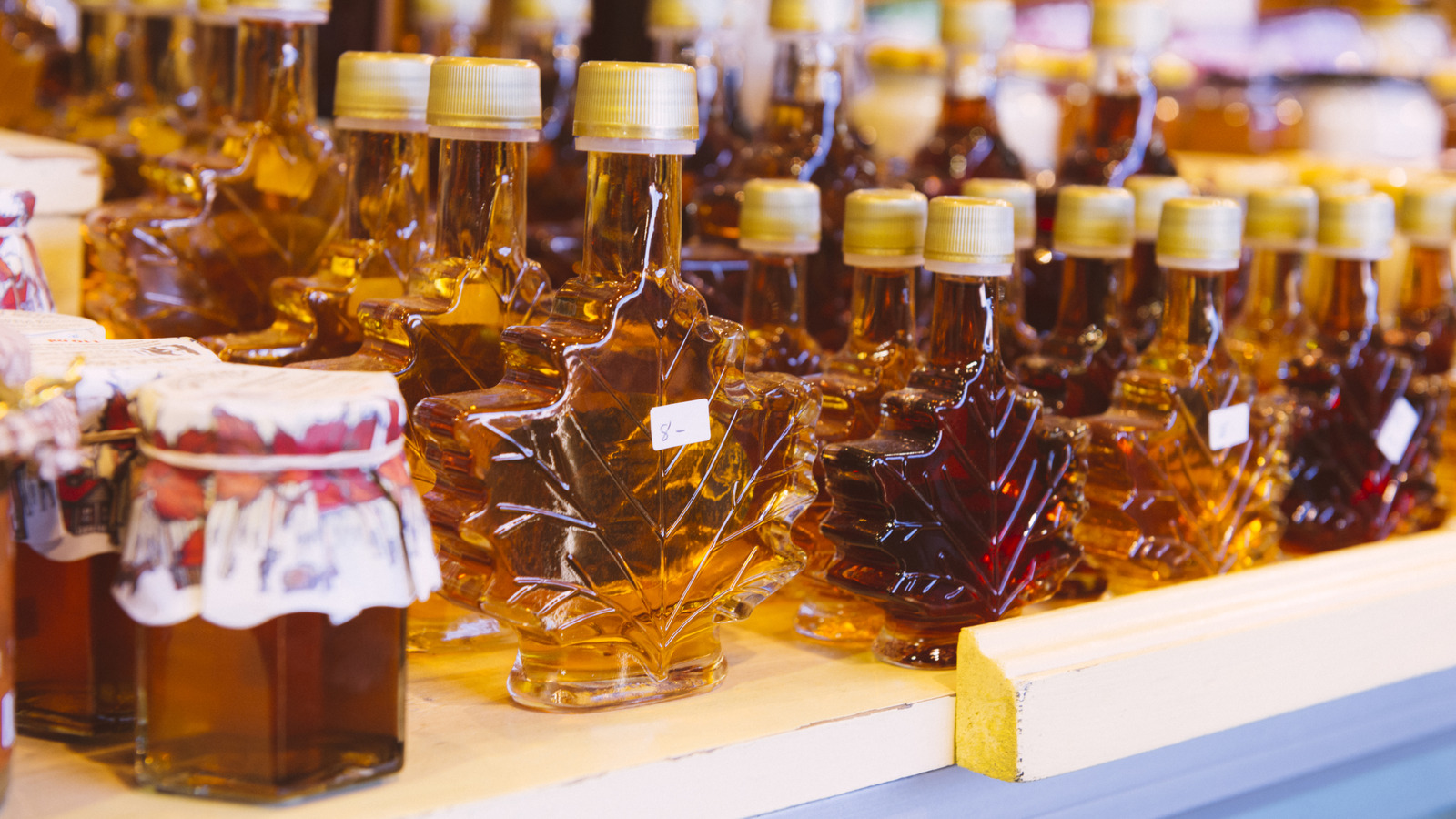
"Made from pressed sugarcane juice cooked down in iron kettles, cane syrup was the South's table staple. Cane syrup is similar to, but distinct from, molasses, the dark, strongly flavored by-product of sugar refining often called blackstrap molasses. Cane syrup is pure sugar cane juice concentrated just once, slightly retaining the green-gold sweetness and the faint minerality that belies the grass plant that it comes from. On biscuits or sausage, it tastes warm, gentle, and less polished than maple."
"On farms before industrial equipment and time clocks, food was fuel for labor. The day started before dawn, feeding stock, milking cows, mending fences, and hitching plows. It was heavy, backbreaking labor, and by sunrise, most people had already spent several hours in motion, sweating through their first calorie deficit. Breakfast needed to restore that loss. Fat for stamina, protein for muscle strength and repair, and cane syrup's glucose for more energy and some electrolyte replacement."
Cane syrup is produced by pressing sugarcane juice and cooking it down in iron kettles until concentrated once, preserving a green-gold sweetness and faint minerality. The syrup differs from molasses, which is a dark, strongly flavored by-product of sugar refining. Cane syrup provided quick glucose for laborers, pairing with fats like butter or lard to sustain energy through morning farm work. It was made at home, stored for winter use, and used on biscuits, sausage, and fried pork. The Southern sugar economy that produced cane syrup developed in plantation agriculture and was shaped by slavery and exploitative labor systems.
Read at Tasting Table
Unable to calculate read time
Collection
[
|
...
]